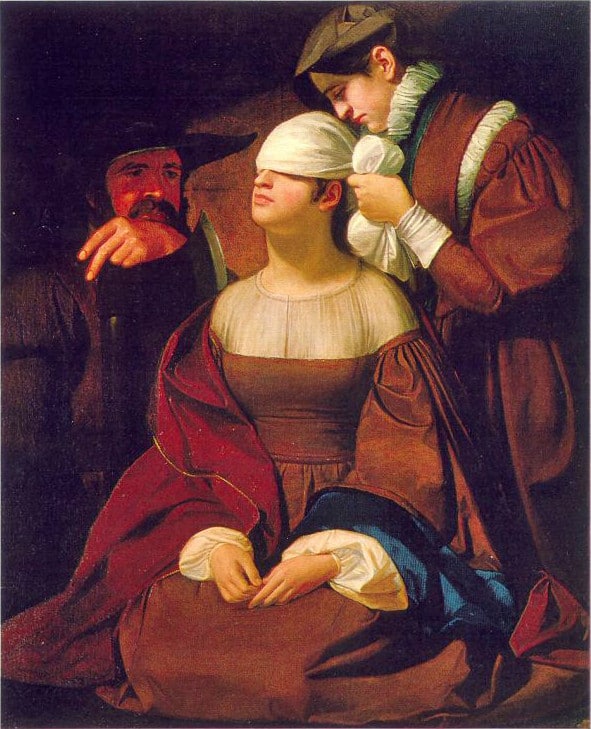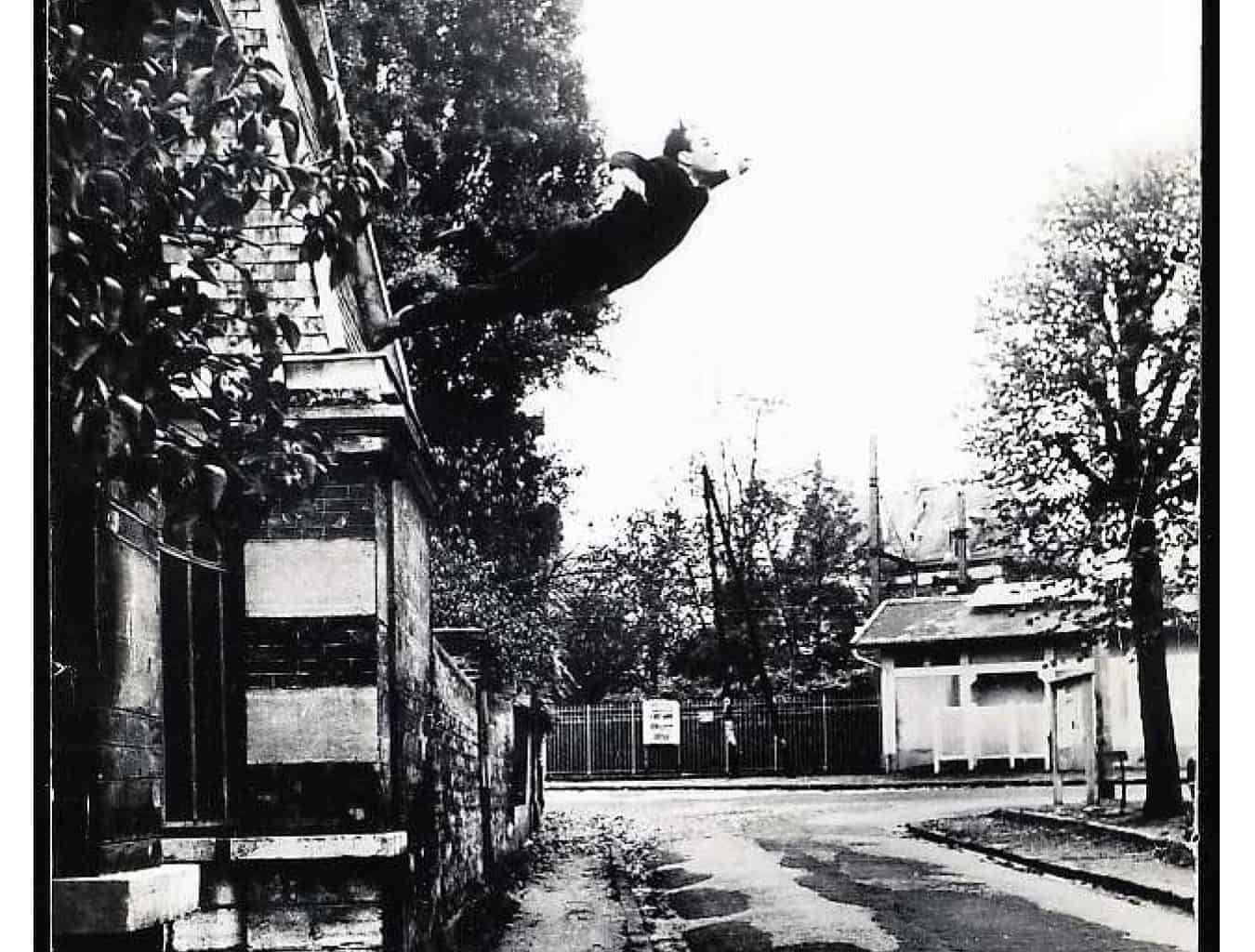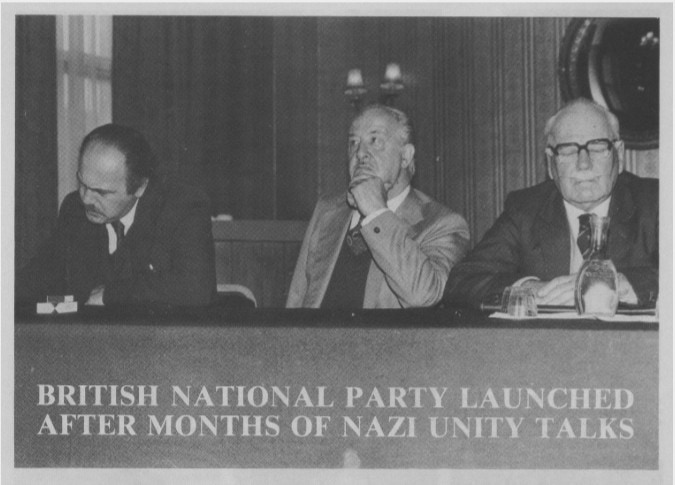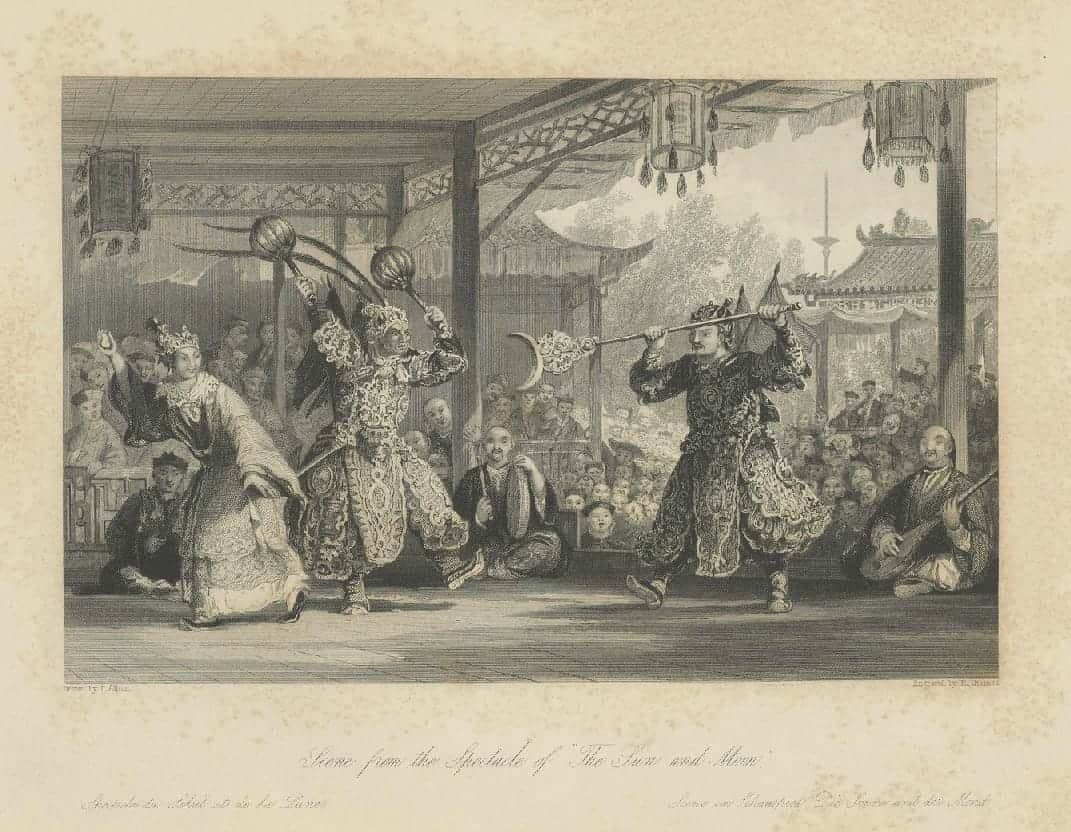│By Emily Priest, Digital Marketing MA student at the University of Portsmouth│
Today, digital marketing is unavoidable. Even if you don’t know what digital marketing is, you will almost certainly have experienced it at least once in the last twenty-four hours. Like digital technology, it is a part of almost every aspect of our lives. But this all-pervasive force wasn’t always in our workplace, screens, or pockets. Arguably, it is only thirty years ago that the term “digital marketing” was even coined and half that since it became mainstream.
Whilst digital marketing is the present and the future, let’s have a little look at its history.










